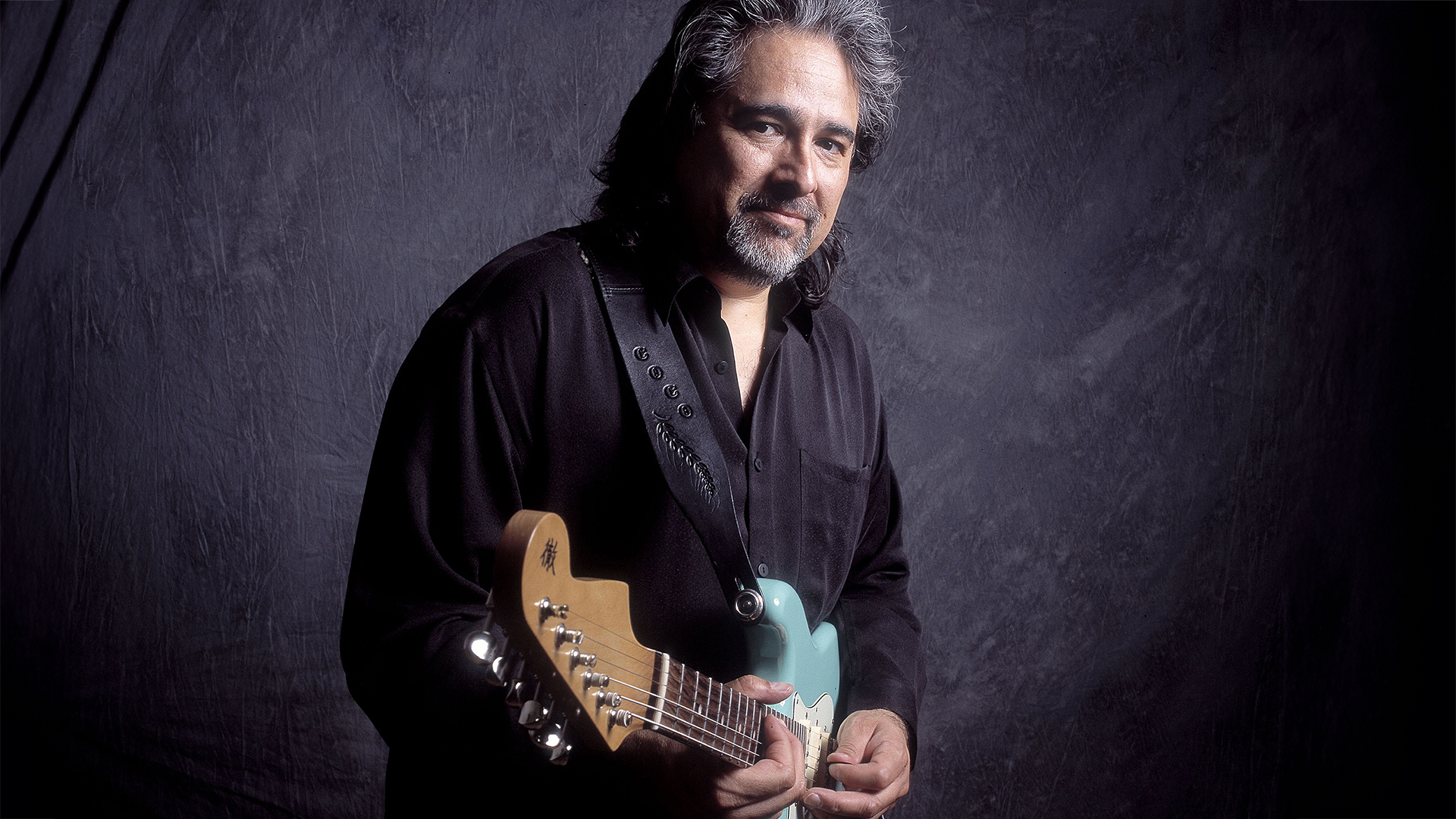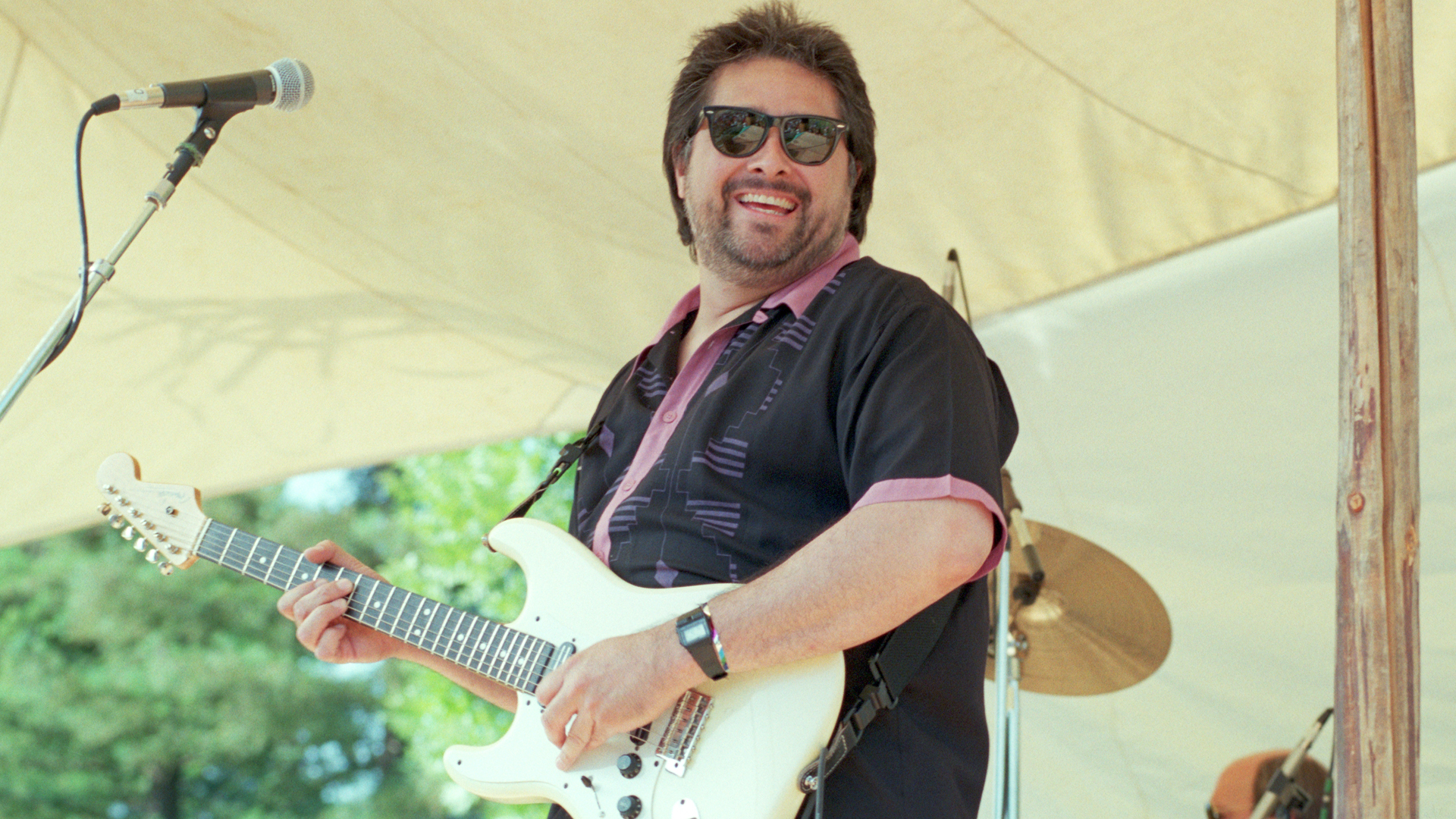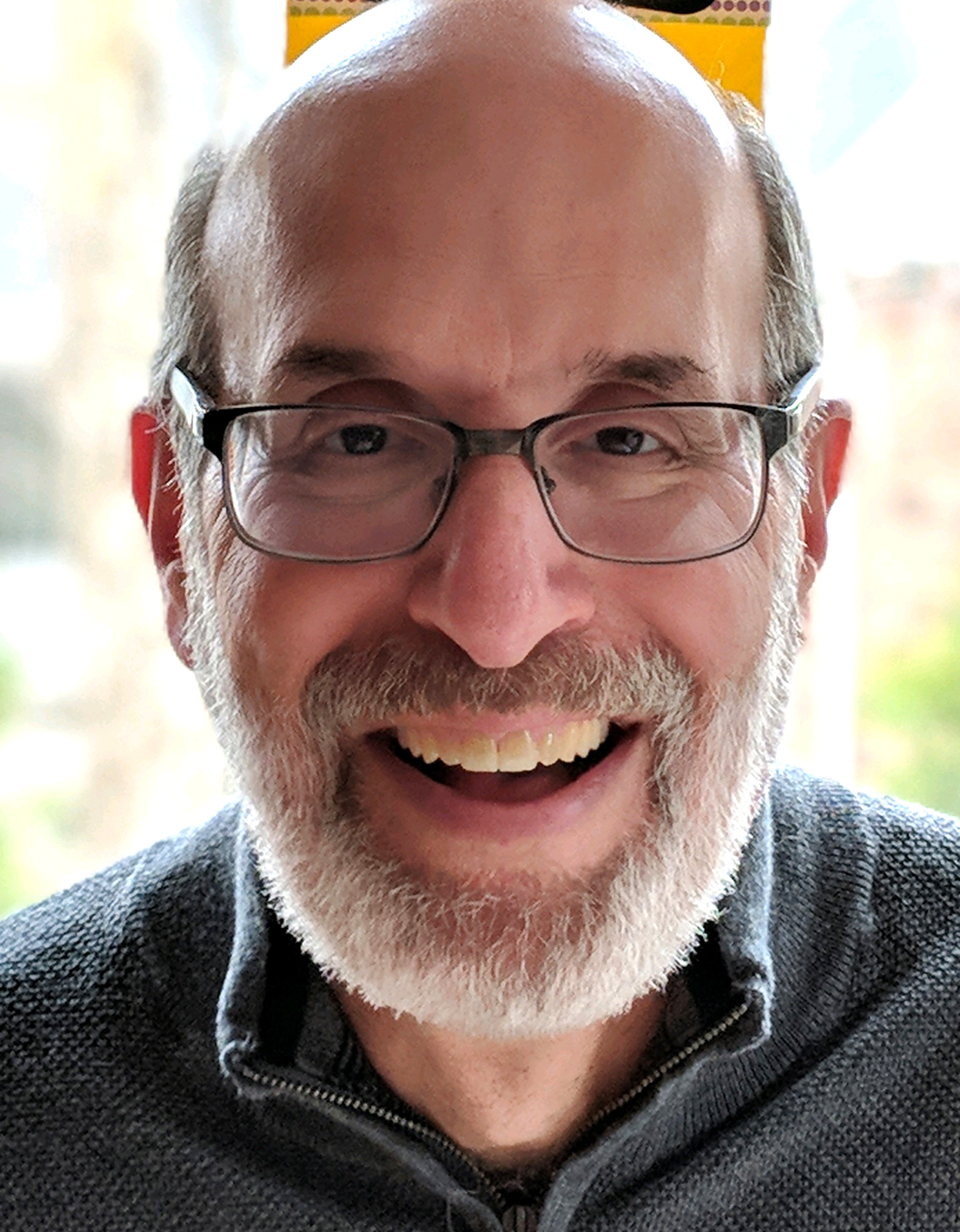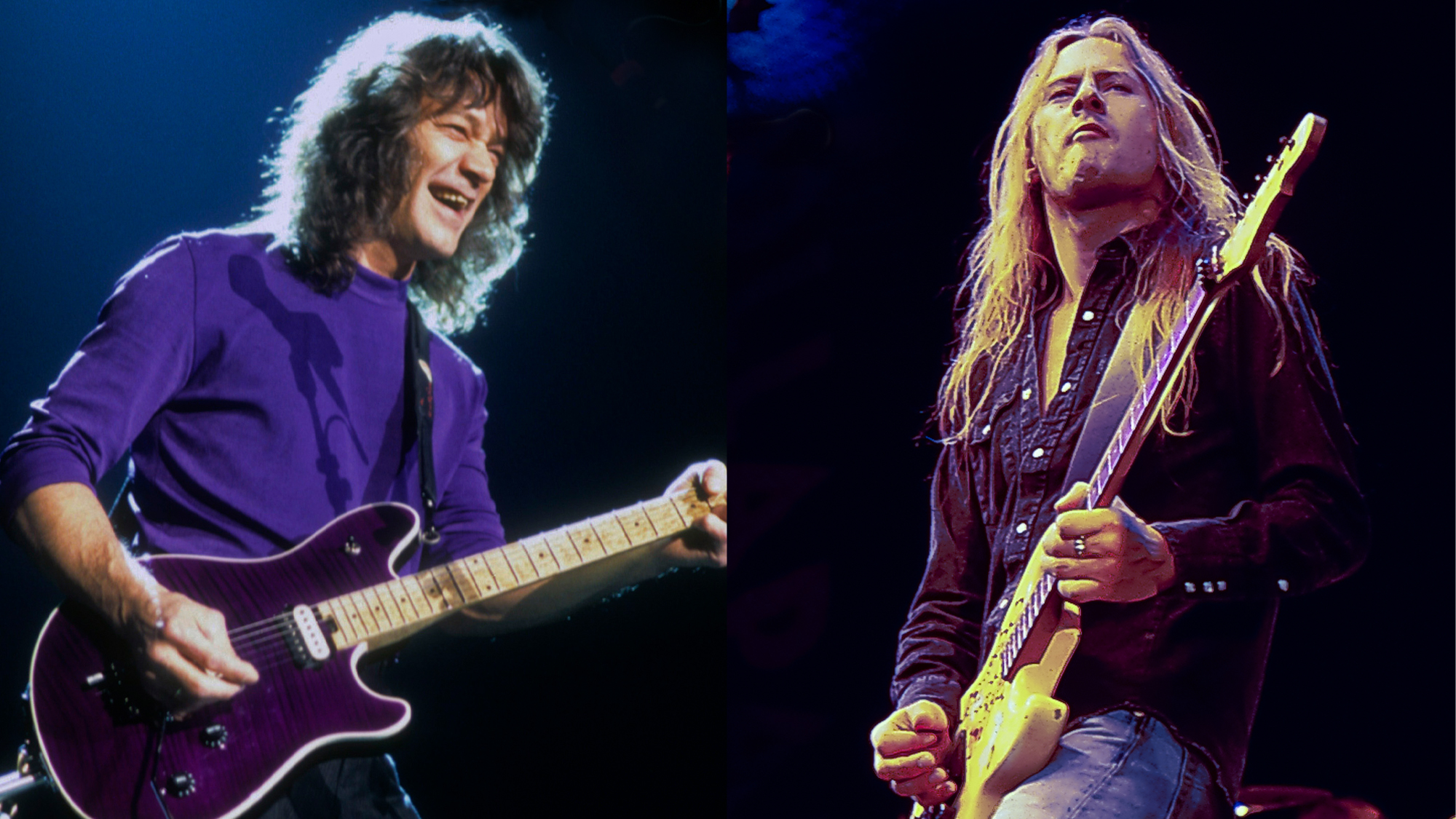"John Mayall called me up a second time. He said, ‘Don't hang up! I really am interested in having you in the band.' ” Coco Montoya explains how John Mayall turned him from a bartender into his Bluesbreaker guitarslinger
The guitarist, who spent 10 years in Mayall's company, learned his stylings from Albert Collins

Count Henry "Coco" Montoya among those thrilled that the late John Mayall got his props from the Rock and Roll Hall of Fame this year, courtesy of a Musical Influence award at the induction ceremony in Cleveland. His only regret? "I wish he'd have been there," Montoya says while riding between gigs in the Midwest. "I wish it had happened sooner. But I'm glad it happened anyway."
Mayall passed away on July 22 at the age of 90, just three months prior to the event — though the honor was announced in April. It was well-deserved and, as Montoya notes, long overdue. As the acknowledged godfather of British blues, Mayall had a decades-long career that included leading the Bluesbreakers, a band that was home to many an August musician, including a trio of Gibson Les Paul–slingers: Eric Clapton, a pre–Rolling Stones Mick Taylor, and Peter Green, who went on to form Fleetwood Mac with former Bluesbreakers Mick Fleetwood and John McVie.
And Montoya.
The left-handed guitarist from California was part of a new Bluesbreakers in 1984, joining fellow guitarist Walter Trout and spending nearly 10 years in Mayall's company. "I was not in the music business anymore," recalls Montoya, who'd previously played drums for Albert Collins, who taught him his signature guitar stylings. "I had a day job. I was a bartender and he called me up at my work. Apparently he had heard me a couple weeks before, 'cause I still played on weekends, and he called me up to ask me if I was interested in being in his new formation of Bluesbreakers."
Predictably, Montoya — who was settled into life in at the Cat and Fiddle Pub in Laurel Canyon, owned by English musicians and frequented by others — hung up on him.
"John called me up a second time — 'No don't hang up. I really am interested in having you in the band.' So I went down and played an audition and got the job. He literally brought me back. I was quite surprised he picked me."
Montoya was also well aware of the shoes he was stepping into. "That's where it went from dream come true to being a nightmare," he remembers. "You're real excited at first, then we start to go out and go to Europe, and that's when the realization came on. I felt like I had to try and be all these guys — the Mick Taylors and Peter Greens and my hero, Eric Clapton — which you never can be. But the essence of what I played was hugely influenced by all those guys.
All the latest guitar news, interviews, lessons, reviews, deals and more, direct to your inbox!
"I had forgotten the first rule of the blues, which is interpretation. And John called me out on it. We had a meeting, and he said, 'Look, I want that guy I saw play. I don't want an imitation of Eric Clapton. I don't want an imitation of Peter Green. They're not here. You are. When we play these songs I want you to stop imitating and be you.' That was very freeing. It really helped focus me back on that."
"John said, 'Look, I want that guy I saw play. I don't want an imitation of Eric Clapton. I don't want an imitation of Peter Green. They're not here. You are.'"
— Coco Montoya
It was, however, a complicated situation. "Not only do you have the ghosts of guitarists past but I had Walter Trout on the other side of the stage," Montoya explains. "It's a lot of pressure. Every night was a test of your ego. It was a test of your abilities 'cause Walter would bring it every night, and he's incredible."
Montoya and Trout became close friends, but the former felt "it was a little tense for both of us 'cause the audience pretty much turned it into a boxing match. Walter would play a song and kill it, then in the next song I'd do my little bit. Sometimes I got over, sometimes I didn't. It was a unique situation. Everybody wanted a battle. We both got our share of appreciation from the crowd and stuff, but there were times when it was a little hard to deal with. But in the end, I think that made us play better."

Throughout the stint, which also included several albums, Montoya describes Mayall as "always supportive. Onstage he really gave you a lot of freedom to do exactly what you were supposed to be doing, inventing and interpreting songs every night. That was a blessing." Montoya was also grateful for Mayall's tutelage in running "a tight ship" with the Bluesbreakers, which he says "was incredibly influential in so many ways into the way I run my band now. He was really strict, steadfast. He let us know you're out there to work.
"I remember one time we were complaining, as musicians do, 'cause we didn't have a day off for three weeks. We'd tell him, 'John, we're on the Adriatic Sea here. Why not spend a day off, or two.' And he said, 'I didn't bring you out here to vacation. When we're done you can stay here if you want to.' "
During his Bluesbreakers tenure Montoya spoke with Mick Taylor, who opened for the band on a few occasions and was also supportive. He's never met Clapton, however, although Slowhand "did come to a show, but we didn't know he was there until after. He told John he wasn't going to be coming backstage and didn't want anyone to know he was there. He just wanted to hear the band, and from John said he really, really enjoyed it."
It was also during his Bluesbreakers days that Montoya received one of his signature custom guitars — a white offset double-cutaway Stratocaster made by Albert Molinaro of Guitars-R-Us (now Elite Guitars) in Hollywood. "We've known each other for many years, and he's a great friend," says Montoya, who also worked with Molinaro on a proposed recording project. "He made two for me.
“To be honest, I'm not such a guitar freak that I really know a lot about guitars, mechanically. I just play them. He just kinda knows the feeling of the guitar I like. He put Bill Lawrence pickups on them; I don't know Bill Lawrence from Ernie Ball from anybody else, but they sound great and I still have 'em to this day."
"I don't know Bill Lawrence from Ernie Ball from anybody else, but they sound great and I still have 'em to this day."
— Coco Montoya
Montoya last saw Mayall at the Mahindra Blues Festival in Mumbai some years ago, where each guested during the others' set. "We got to hang out for a few days and had wonderful, fun times," recalls Montoya, who's "starting to think about" his next album a follow-up to 2023's Writing on the Wall. "We were constantly telling each other, 'We live 20 minutes away from each other in California. How come we never see each other?! We should be hanging out!' I said, 'Well, John, let's try to make a pact to do that. Let's get together.' Unfortunately we never did; he was on the road, I was on the road.
"And the next thing you know he took ill and left us, which is still devastating to me, even though I know it was time. He was a great man, somebody I love dearly. I wouldn't be doing what I'm doing and be out there without his influence."
Gary Graff is an award-winning Detroit-based music journalist and author who writes for a variety of print, online and broadcast outlets. He has written and collaborated on books about Alice Cooper, Neil Young, Bob Seger, Bruce Springsteen and Rock 'n' Roll Myths. He's also the founding editor of the award-winning MusicHound Essential Album Guide series and of the new 501 Essential Albums series. Graff is also a co-founder and co-producer of the annual Detroit Music Awards.

